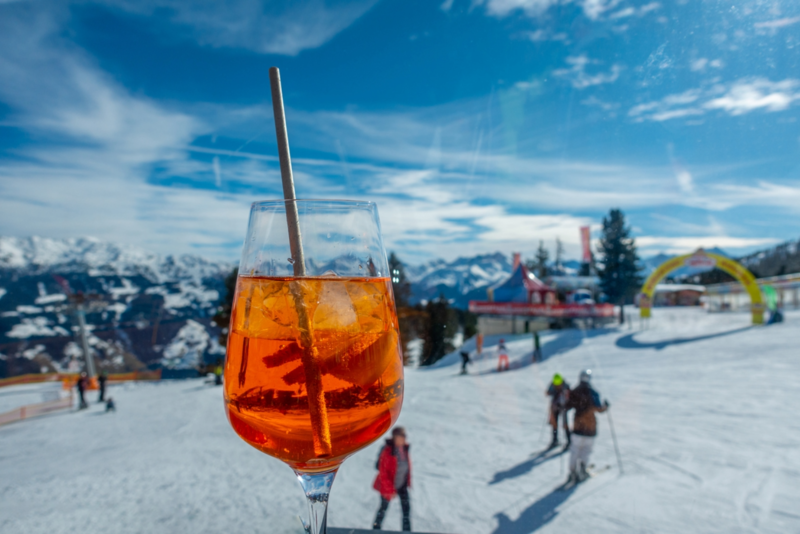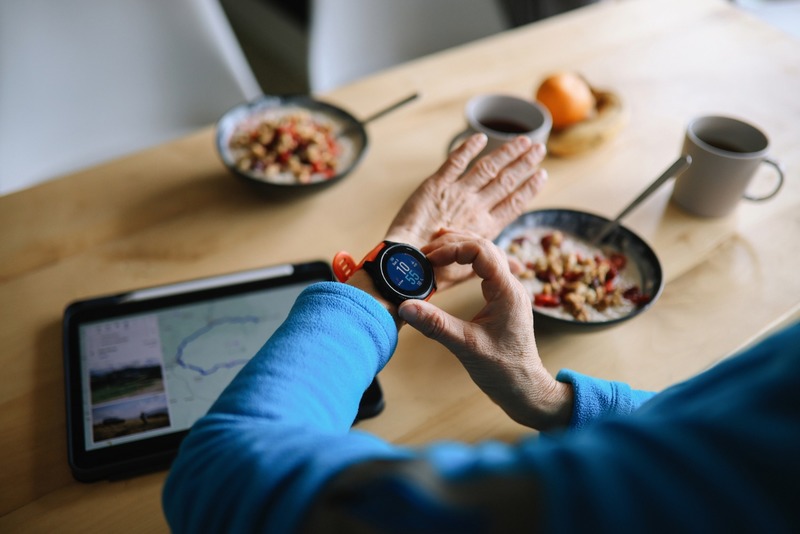News
Hip strengthening exercises for ski season
It's fall and the winter season will soon force change in our active lives. The shoulder season is a great time to train for the different activities ahead like skiing and snowboarding.
The demands on our bodies change as we transition to snow sports. So put the time in now and prepare your body for a safe and fun winter season.
When considering snow sports it's obvious that downhill skiing and snowboarding can involve the biggest risks. These activities cause the majority of injuries I treat during the winter season. Compared to hiking and cycling these activities involve more rotation and angulation. Muscle memory makes it easy for us to clip back into our bindings and ski or ride a foot of powder on opening day but is it safe to do without any preparation?
To prepare let's look at the hip joint specifically. In my opinion hip-joint strength is crucial to skiing and snowboarding. It is a primary joint that's responsible for controlling the rotation and angulation components of these sports.
The hip is a ball-and-socket joint similar to our shoulder but far more stable. It has some really impressive layers of muscles: the gluteus maximus (the strongest muscle in our body) and the gluteus medius and minimus as well as a collaboration of adductors deep hip external and internal rotators. Together these muscles control the alignment of the pelvis knee and subsequently the entire lower leg.
That's a big job! It takes a lot of muscle control to engage your edges on your skis or snowboard and it's all coming from the hips. These sports become extremely dangerous when you lose your balance or form usually caused by having weak hips.
Working the hips
It's all in the hips so they say. So let's work 'em! Here are some key exercises I prescribe to my patients with hip weakness that affects their lower-body alignment.
When you do these exercises feeling activation and fatigue in the hip muscles is important just like making sure you're ready for this kind of exercise. Be sure to consult with your doctor or therapist before trying any specific exercise.
1. Crabwalks: Place a light to medium-strength resistance band around your ankles. Assume the athletic stance and side step from left to right for 25 feet. Reverse. Make it a goal to go for five minutes.
2. Clamshells: Lay on your side with your knees flexed to 90 degrees and your ankles in line with your stacked (perpendicular to the ground) hips and shoulders. Separate the knees while hinging on the ankles. Placing your hand behind your hips can prevent your pelvis from rolling backwards. These are tough but shoot for 50 reps on each side.
3. Single-leg glute bridge: Lay on your back with your knees flexed at 90 degrees and one foot on the ground. Perform a bridge motion using one leg keeping your core tight. The other leg can stay in the air during the motion. This is another burner go for two sets of 25 reps each side.
Hip strength
Hip strengthening doesn't have to be complicated. I often use variations of these exercises with patients of all ages and abilities because they are so effective.
The real key to the puzzle is putting this strength into action by making sure you can maintain optimal alignment when challenged like taking a mogul run (or even a groomer) on the ski kill. Single-leg bridges and squats are incredibly challenging and it is easy to see when more work is needed to strengthen those hip muscles.
As the leaves continue to change so should you in preparation for the fun winter activities that lay ahead. I'm not saying to pack the bikes away (I still like biking in the snow) but give thought to the time you spend on training now as it is an investment in your good health for all four seasons.
For more information
Howard Head Sports Medicine | howardhead.com | (970) 476-1225
Howard Head Sports Medicine offers a variety of physical and occupational therapy services at 10 locations in Eagle and Summit Counties. They will open a new clinic in Breckenridge this fall. With over 50 trained therapists Howard Head's innovative sports medicine treatments and state-of-the-art equipment help people get back to the activities they love.
More News
-
New!
More

First Chair to Last Call: What Does Alcohol Really Mean For Your Health?
In nearly every Colorado ski town, some iteration of the neon sign blares its play-hard-party-harder anthem. It’s a not-so-subtle nod to mountain party culture, a lifestyle that normalizes combining sports and outdoor adventures with heavy drinking and partying. In Eagle County, après culture, high-altitude living and outdoor performance have coexisted for as long as locals have been sliding on snow. But how much is too much at altitude? And what role do social support systems play in helping residents find balance?
-
New!
More

Counting More Than Steps: How Wearables Can Help (or Hinder) Your Health
From step counts to sleep stages, heart rate variability to blood sugar spikes, wearable devices are giving us a front-row seat to what’s happening inside our bodies. Strapped to wrists, slipped onto fingers or wrapped around our biceps, wearables like the Oura Ring or Whoop strap promise insight and advice in the quest for better health.
-
More

Cass Barham and Sarah Crabtree Honored As Recipients of Vail Health Elevate Award
Cass Barham and Sarah Crabtree, both lab techs at Vail Health Hospital, have been named recipients of the Vail Health Elevate Award. Vail Health created the Elevate Award in June 2022 to give patients and their families an opportunity to nominate and thank employees who have touched their lives in some way.
